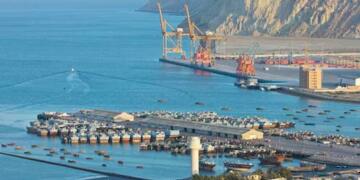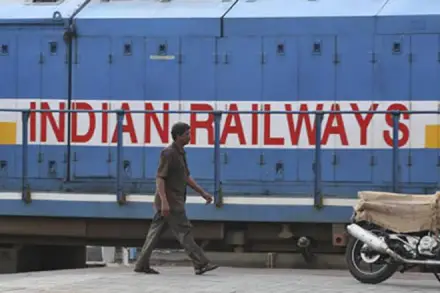In a historic decision that promises to transform the socio-economic landscape of southern Chhattisgarh, the Centre has approved a major rail project aimed at integrating Bastar a region long marred by Maoist insurgency into the national railway grid. The approval of the Rowghat-Jagdalpur rail line is not just about steel tracks and trains; it’s about bridging decades of neglect, reducing alienation, and ushering in development to one of India’s most under-connected and underdeveloped tribal regions.
For years, Bastar remained isolated cut off from mainstream economic centres, education hubs, and healthcare access. This railway project is being seen as a potential game-changer that may significantly weaken extremist influence by opening doors to progress, employment, and enhanced security presence. With direct links to Raipur and further to the Mumbai-Howrah line, this move could finally rewrite the story of Bastar from violence to development.
Centre Approves Rowghat–Jagdalpur Rail Line Project
The Ministry of Railways has officially given the green light to the construction of a new railway line connecting Rowghat to Jagdalpur a 140-kilometre stretch passing through the dense forests and tribal belts of Bastar district. This infrastructure project, estimated to cost ₹3,513.11 crore, will be fully funded by the central government as per a recent notification issued by the Railway Board.
This development comes at a critical juncture when Bastar’s only operational railway connection linking Dantewada with Visakhapatnam is primarily used for transporting iron ore from the National Mineral Development Corporation (NMDC) mines. The region, despite its mineral wealth and cultural richness, remains one of the least connected districts in India.
With the laying of the Jagdalpur-Rowghat track, the government aims to plug this connectivity gap and integrate the region into the broader Indian Railways network. It also sets the stage for the long-anticipated goal of direct rail connectivity between Jagdalpur and Chhattisgarh’s capital city, Raipur.
Strategic Importance of the Rail Project
The Rowghat-Jagdalpur railway line holds strategic significance for both security and development. Until now, expansion of the railway network in Bastar had been stalled due to persistent Maoist threats and security concerns. With improved coordination between central forces and state police, and steady progress in infrastructure development, the groundwork for this project is finally being laid.
Land acquisition for the project is almost complete, according to a state government spokesperson. With the Rowghat-Raipur rail line already in place, the addition of the Rowghat-Jagdalpur link will provide seamless rail connectivity from Jagdalpur to Raipur and beyond.
Once completed, the route will also connect with the Mumbai-Howrah main line, thus linking Bastar to major cities in the north, west, and east of India. This new access will open up avenues for trade, tourism, and employment for the local tribal population.
Economic and Social Impact on Bastar
Bastar’s tribal population, primarily dependent on forest produce and subsistence agriculture, has long suffered due to poor infrastructure and inaccessibility. This railway line could catalyse a wave of development in the region. Improved transportation will enhance access to markets, education, and healthcare services factors critical for socio-economic upliftment.
Additionally, better rail access will likely reduce the cost of goods and services in the region, improve supply chains, and attract industrial and commercial investment. The presence of railway infrastructure could also increase state presence and reduce Maoist influence by enabling faster movement of goods and security personnel.
The project is also expected to boost mining and logistics industries, as the region is rich in natural resources, especially iron ore. This could potentially lead to more employment opportunities for local youth and lessen the appeal of insurgency.
A New Chapter for Bastar
The approval of the Rowghat-Jagdalpur railway line is more than just an infrastructure project; it is a symbol of integration, development, and hope. As the steel rails inch closer to the heart of Bastar, they carry with them the promise of change connectivity replacing isolation, opportunity replacing insurgency. With the Centre’s backing and the state’s on-ground cooperation, the project has the potential to script a new destiny for Bastar one that is aligned with growth, dignity, and national integration. If implemented on time and with sensitivity to local needs, this railway line could well be the lifeline Bastar has long been waiting for.































